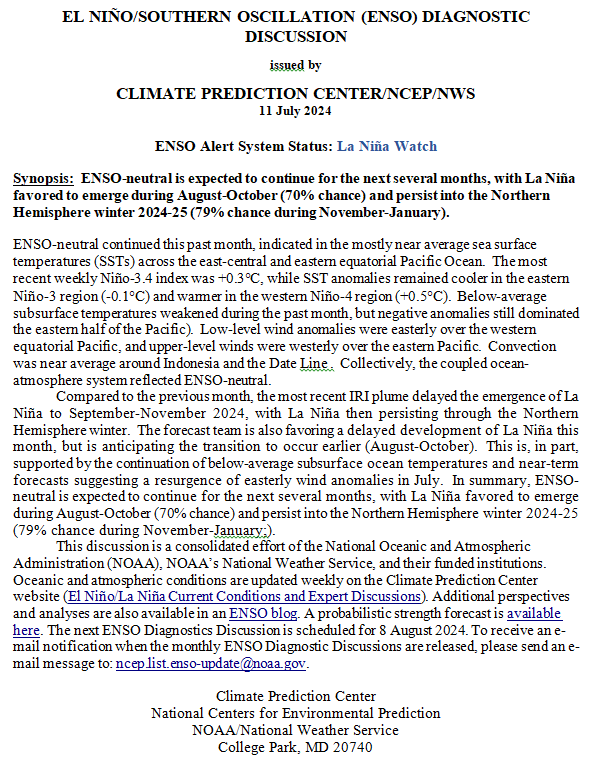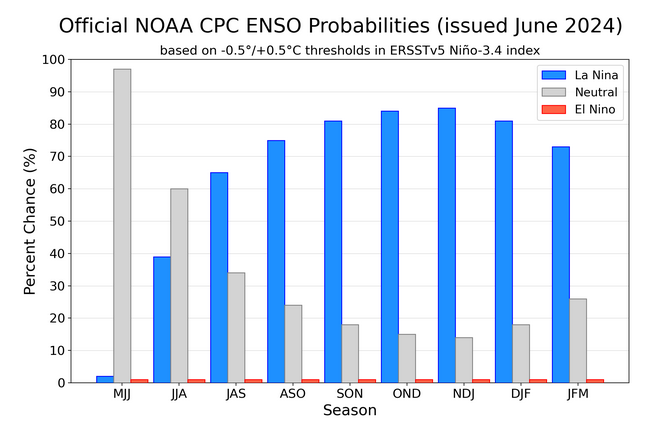Short Range Forecast Discussion
NWS Weather Prediction Center College Park MD
Tue Jul 16 2024
Valid 12Z Tue Jul 16 2024 – 12Z Thu Jul 18 2024
…There is a Slight Risk of severe thunderstorms over parts of the
Central/Southern Plains and Northeast/Mid-Atlantic/Central Appalachians on
Tuesday and the Mid-Atlantic to New England on Wednesday…
…There is a Slight Risk of excessive rainfall over parts of the
Central/Southern High Plains roughly eastward to the Ohio Valley on
Tuesday and the Southern Rockies, Lower Mississippi Valley, and Central
Appalachians on Wednesday…
…There are Excessive Heat Warnings/Watches and Heat Advisories over
parts of the Pacific Northwest and parts of the Southern Plains to the
Middle/Lower Mississippi Valley, Ohio/Tennessee Valleys, and Central Gulf
Coast…
A front extending from the Great Lakes/Ohio Valley across the Middle
Mississippi Valley into the Central Plains will move slowly to the
Northeast, Mid-Atlantic/Central Appalachians across the Lower Mississippi
Valley, and then into the Southern Plains by Thursday. The boundary will
produce showers and severe thunderstorms over the
Northeast/Mid-Atlantic/Central Appalachians. Therefore, the SPC has issued
a Slight Risk (level 2/5) of severe thunderstorms over parts of the
Northeast/Mid-Atlantic/Central Appalachians through Wednesday morning.
The hazards associated with these thunderstorms are frequent lightning,
severe thunderstorm wind gusts, hail, and a few tornadoes.
A Second area of showers and severe thunderstorms will develop over parts
of the Central/Southern Plains. Therefore, the SPC has issued a Slight
Risk (level 2/5) of severe thunderstorms over parts of the over parts of
the Central High Plains from Tuesday through Wednesday morning. The
hazards associated with these thunderstorms are frequent lightning, severe
thunderstorm wind gusts, hail, and a few tornadoes.
In addition, the showers and thunderstorms will create heavy rain over
parts of the Central/Southern High Plains roughly eastward to the Ohio
Valley. Therefore, the WPC has issued a Slight Risk (level 2/4) of
excessive rainfall over parts of the Central/Southern High Plains eastward
to the Ohio Valley through Wednesday morning. The associated heavy rain
will create mainly localized areas of flash flooding, with urban areas,
roads, small streams, and low-lying areas the most vulnerable.
Moreover, moisture over the Southwest and diurnal heating will produce
late afternoon into late evening showers and thunderstorms over parts of
the Great Basin, Southwest, and Central/Southern Rockies. Furthermore, on
Tuesday, upper-level energy and tropical moisture will produce showers and
thunderstorms from parts of the Central Gulf Coast eastward to the
Southeast.
On Wednesday, as the front moves eastward, showers and severe
thunderstorms will develop over parts of the Eastern Ohio Valley, Lower
Great Lakes, Central Appalachian, Mid-Atlantic, and Northeast. Therefore,
the SPC has issued a Slight Risk (level 2/5) of severe thunderstorms over
parts of the over parts of the Mid-Atlantic to New England from Wednesday
through Thursday morning. The hazards associated with these thunderstorms
are frequent lightning, severe thunderstorm wind gusts, and a minimal
threat of hail and tornadoes. Furthermore, showers and strong to severe
thunderstorms will develop over parts of the Central/Southern High Plains.
Areas along the front will produce heavy rain over parts of the Lower
Mississippi Valley. Therefore, the WPC has issued a Slight Risk (level
2/4) of excessive rainfall over parts of the Lower Mississippi Valley and
adjacent parts of the Southern Plains and Tennessee Valley from Wednesday
through Thursday morning. The associated heavy rain will create mainly
localized areas of flash flooding, with urban areas, roads, small streams,
and low-lying areas the most vulnerable.
A second area of heavy rain will develop over parts of the Central
Appalachians. Therefore, the WPC has issued a Slight Risk (level 2/4) of
excessive rainfall over parts of the Central Appalachians from Wednesday
through Thursday morning. The associated heavy rain will create mainly
localized areas of flash flooding, with urban areas, roads, small streams,
and low-lying areas the most vulnerable.
In addition, moisture from the Gulf of Mexico will extend northwestward
into the Southern Rockies, producing heavy rain. Therefore, the WPC has
issued a Slight Risk (level 2/4) of excessive rainfall over parts of the
Southern Rockies from Wednesday through Thursday morning. The associated
heavy rain will create mainly localized areas of flash flooding, with
urban areas, roads, small streams, and low-lying areas the most vulnerable.
Also, on Wednesday, upper-level energy and tropical moisture will produce
showers and thunderstorms over parts of the Central Gulf Coast to the
Southeast. Further, moisture over the Southwest and the Central/Southern
Rockies, along with diurnal heating, will produce late afternoon into late
evening showers and thunderstorms over parts of the Great Basin,
Southwest, and Central/Southern Rockies. Furthermore, on Wednesday,
upper-level energy moving over parts of the Pacific Northwest will produce
rain with embedded thunderstorms over the area.
Meanwhile, upper-level ridging will build over the Northwest, spawning
Heat Advisories over the region from Tuesday into Thursday. Moreover, a
flat upper-level ridge extending from the Lower Mississippi Valley
eastward to the Mid-Atlantic and Southeast will aid in creating a major to
extreme HeatRisk for the East Coast part of the country. The developing
heat has prompted Excessive Heat Warnings/Watches and Heat Advisories over
parts of the Southern Plains to the Middle/Lower Mississippi Valley,
Ohio/Tennessee Valleys, and Central Gulf Coast. A second area of Excessive
Heat Warnings/Watches and Heat Advisories extending from the Mid-Atlantic
to parts of New England. The near-record temperatures and high humidity
suggest Major to Extreme HeatRisk conditions for portions of the East,
Tuesday and Wednesday. Extremely dangerous and potentially deadly heat,
particularly for urban areas in the Southeast and East Coast, are
forecast. Many daily record highs are possible for the East Coast, and
numerous warm overnight lows will provide little relief from the heat
overnight. Heat stress will build rapidly for those without adequate
cooling or hydration.
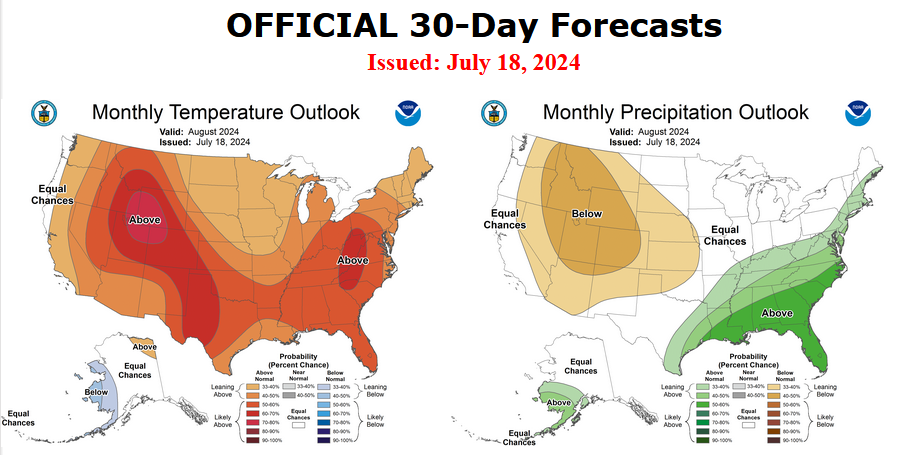
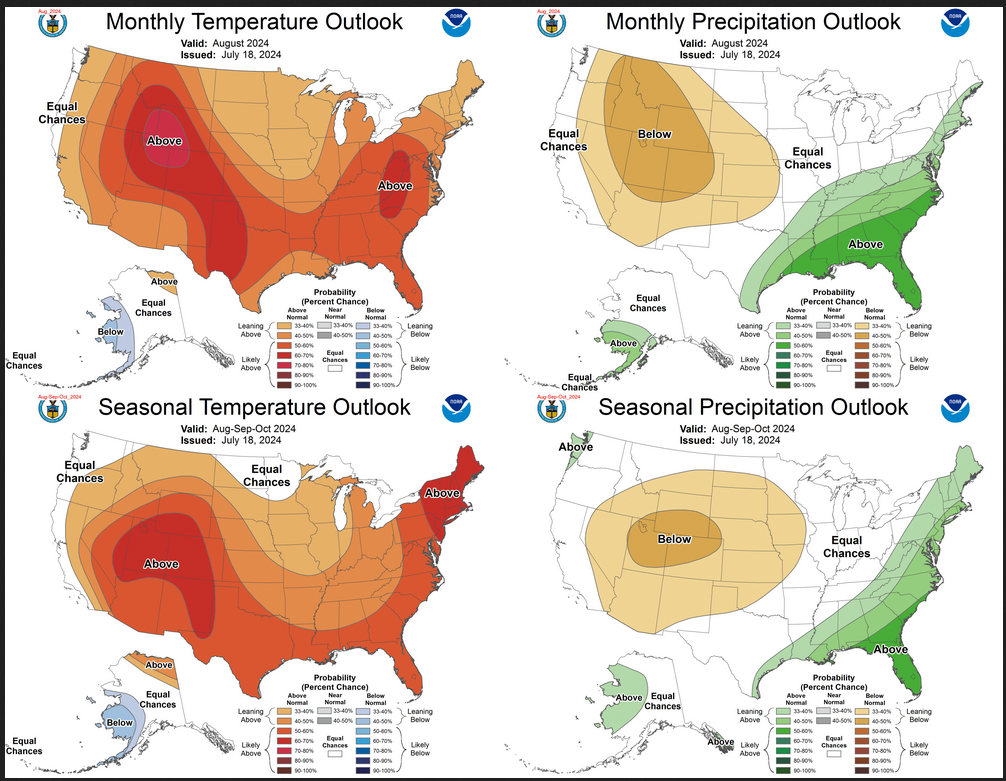

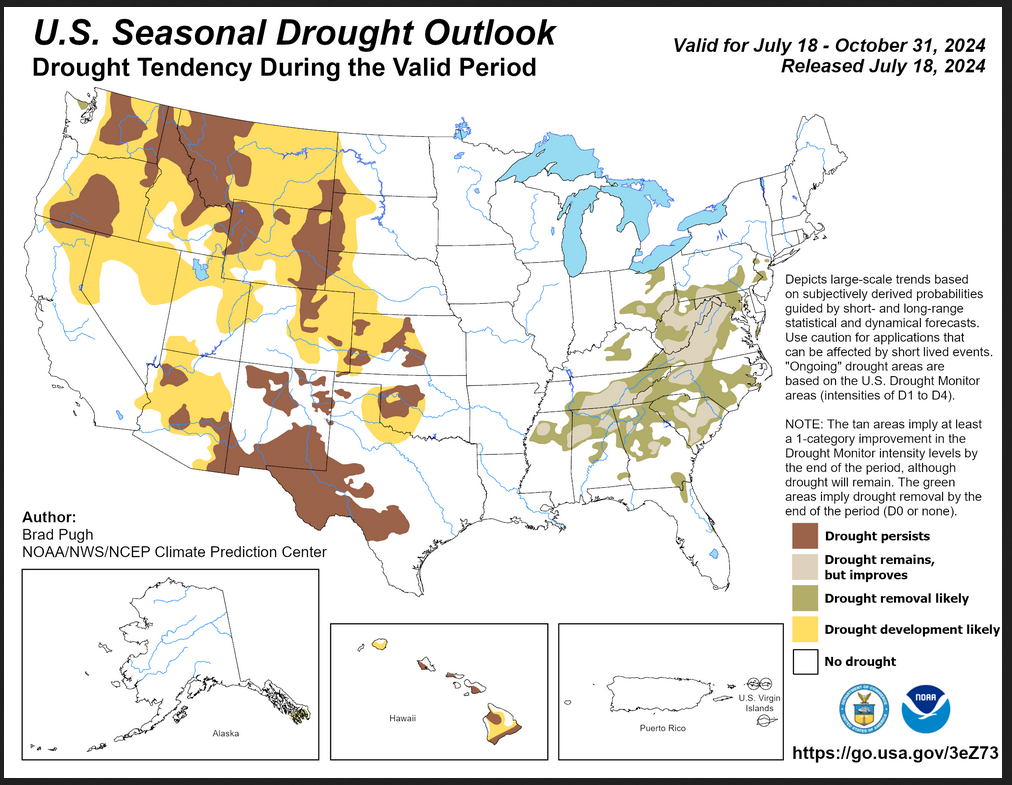





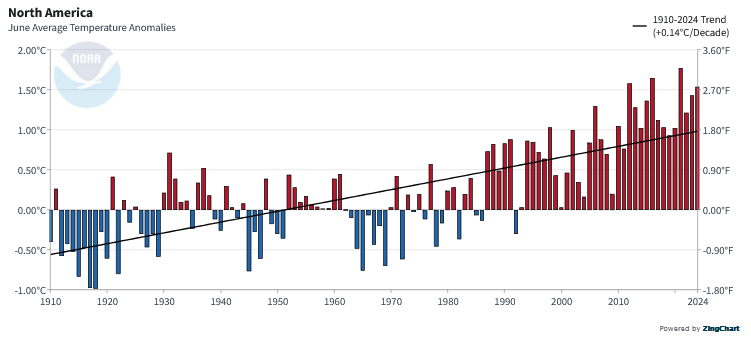

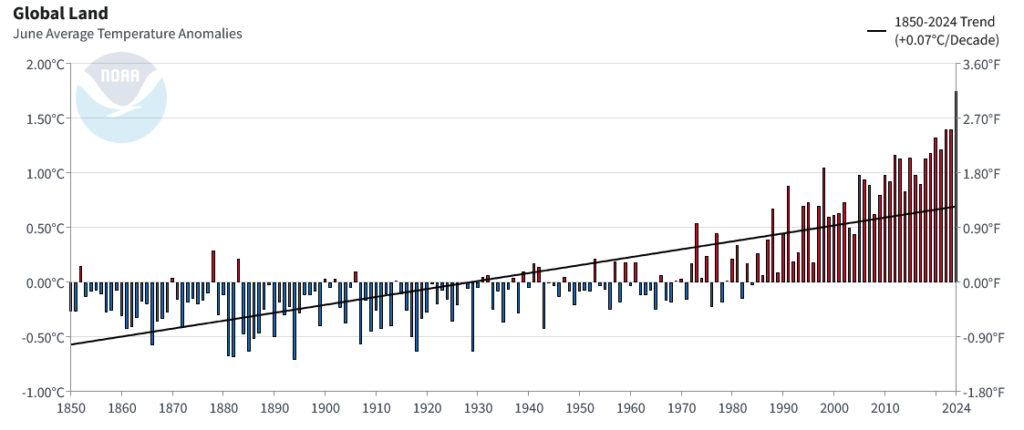

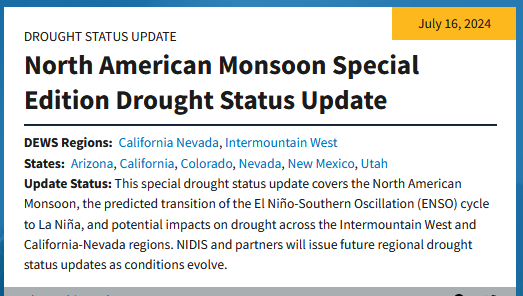
 >
>